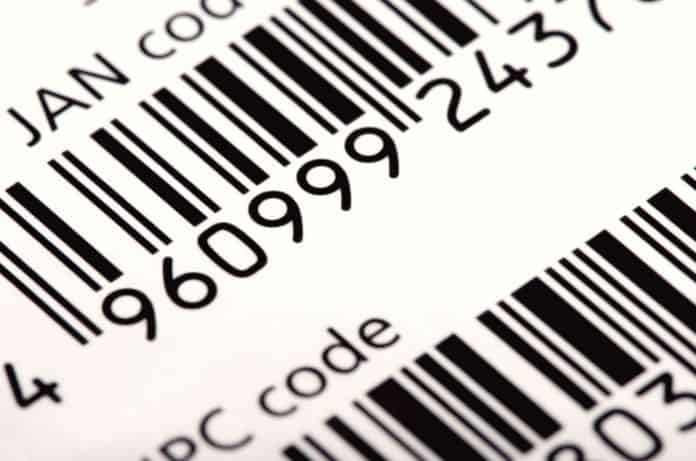When starting a business, you must educate yourself on all aspects of your industry. By doing so, you are allowing yourself to properly prepare for success. What exactly do we mean by this? At the beginning of your endeavor, you might not even realize that in order to sell and distribute your product, there is a list of requirements that you’ll need to consider. By educating yourself thoroughly, you are reducing a stressful part of your groundwork and preparing correctly for what you need to do in order to achieve success. Understanding the different types of barcode-printing technology is a key element for success, especially if you will need to print barcodes for the product or service you sell.
Inkjet Printers
Do you dislike dealing with stencils, coding rollers, or paying a professional to print and apply expensive labels on your product? Using an inkjet barcode printer ensures your product will still get its identification, whether it be a barcode or a logo, in a time-efficient and high-quality way.
When looking at which printer you want to purchase for your business, it is important to keep all factors in mind. For example, when choosing the inkjet option, you should not print on any products that are permanent or expected to last a long time, as the ink may bleed or fade over time. However, if you want to print a barcode on your packaging for traceability and product identification purposes, the inkjet printer might be your best bet. As stated above, you just need to consider all your options!
There are a variety of technologies available that are considered inkjet printers. The most common are thermal inkjet and technologies. Thermal inkjet requires a much lower investment and has zero maintenance costs or service contracts.
Thermal Transfer Printer
This specific type of barcode printing can be broken down even further into two different types: direct thermal and thermal transfer. While both types use thermal heat to apply the code to the surface of the package, there are still some differences. Thermal transfer uses a heated ribbon to print on a large multitude of materials, such as product packaging or potato chip bags. Direct thermal uses chemically treated, heat-sensitive media that blackens when it goes through the thermal printhead to create the printed message on the label.
In general, thermal label printers are the way to go when you want to print barcodes on many products in an efficient way. Not only do they produce high-quality prints, but they also move at a quick speed and have a long lifespan in even the most extreme environments. Printing with this technology can be extremely beneficial when printing barcodes for your products.
When studying these types of barcode-printing technology, you’ll find that many factors come into play when deciding which marking and coding equipment is best for you. This is a meaningful purchase, so make sure you cover all your bases. Look at all the factors that play a role for your company and make the most educated decision for your barcode-printing technology.






